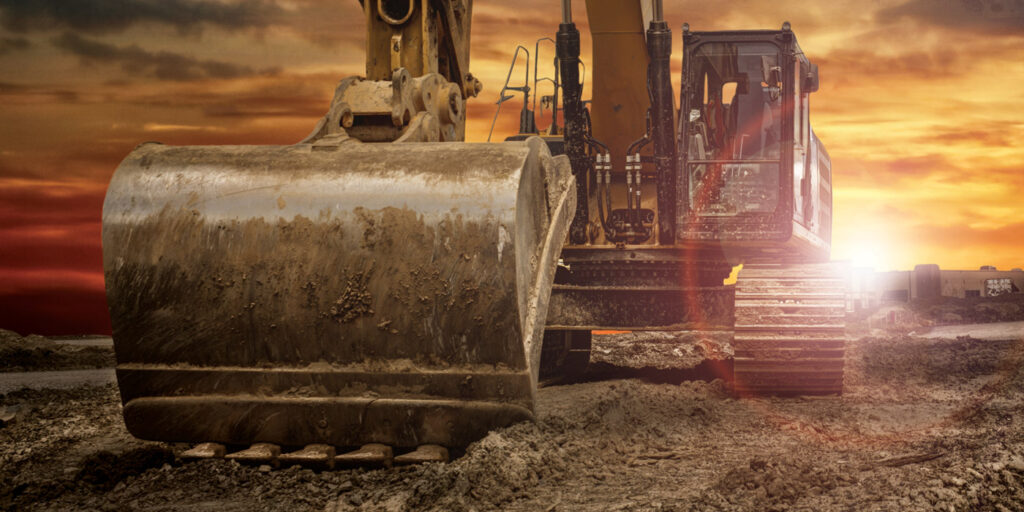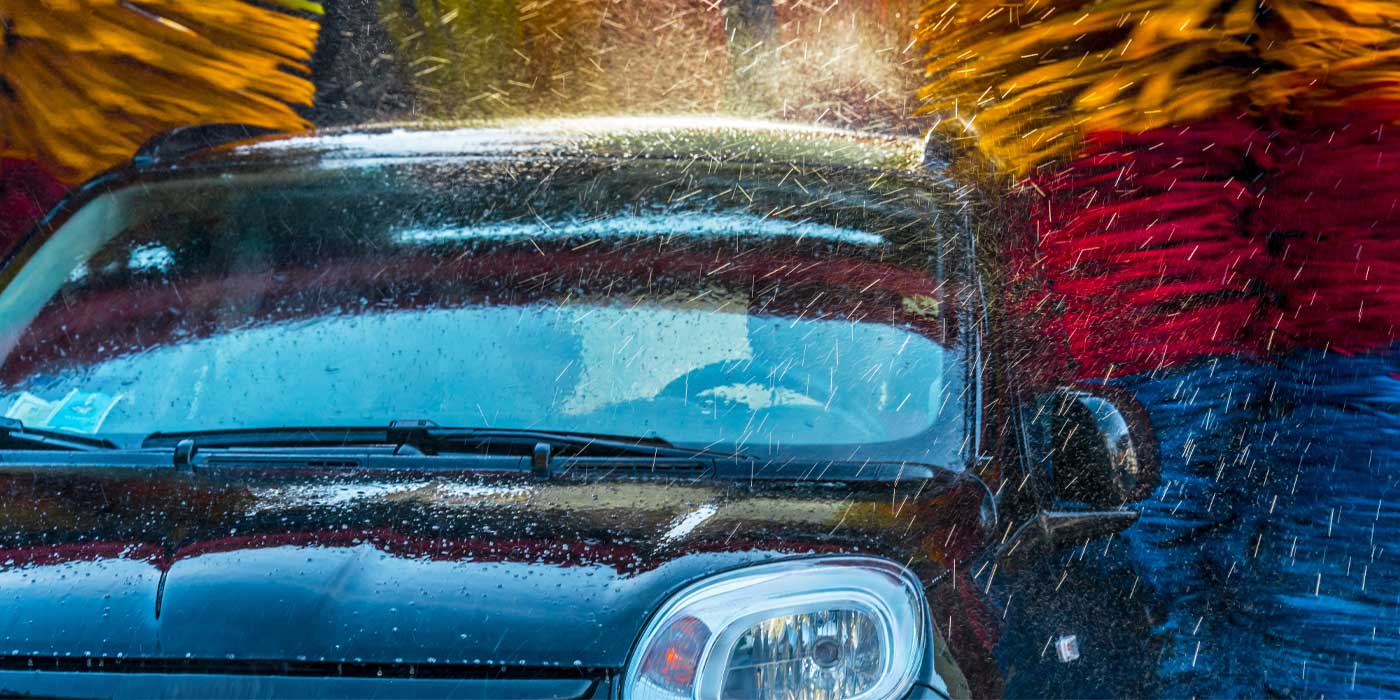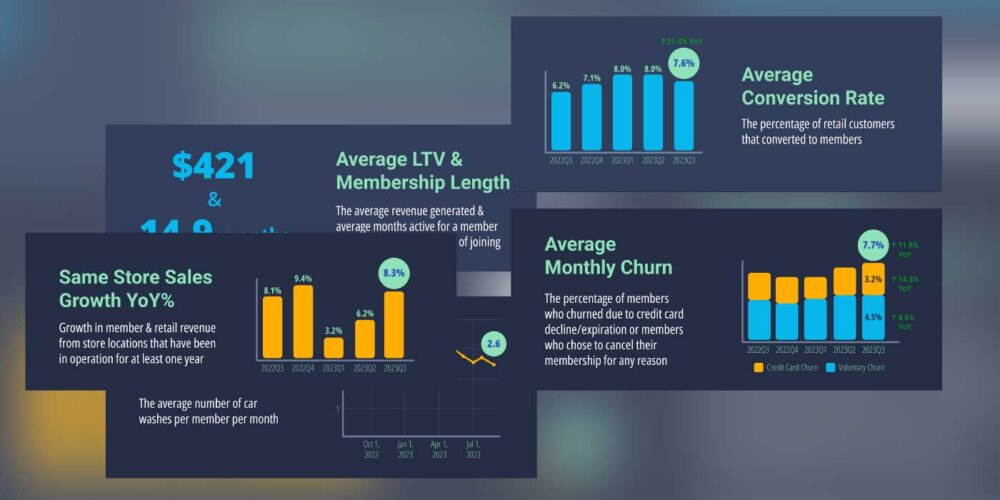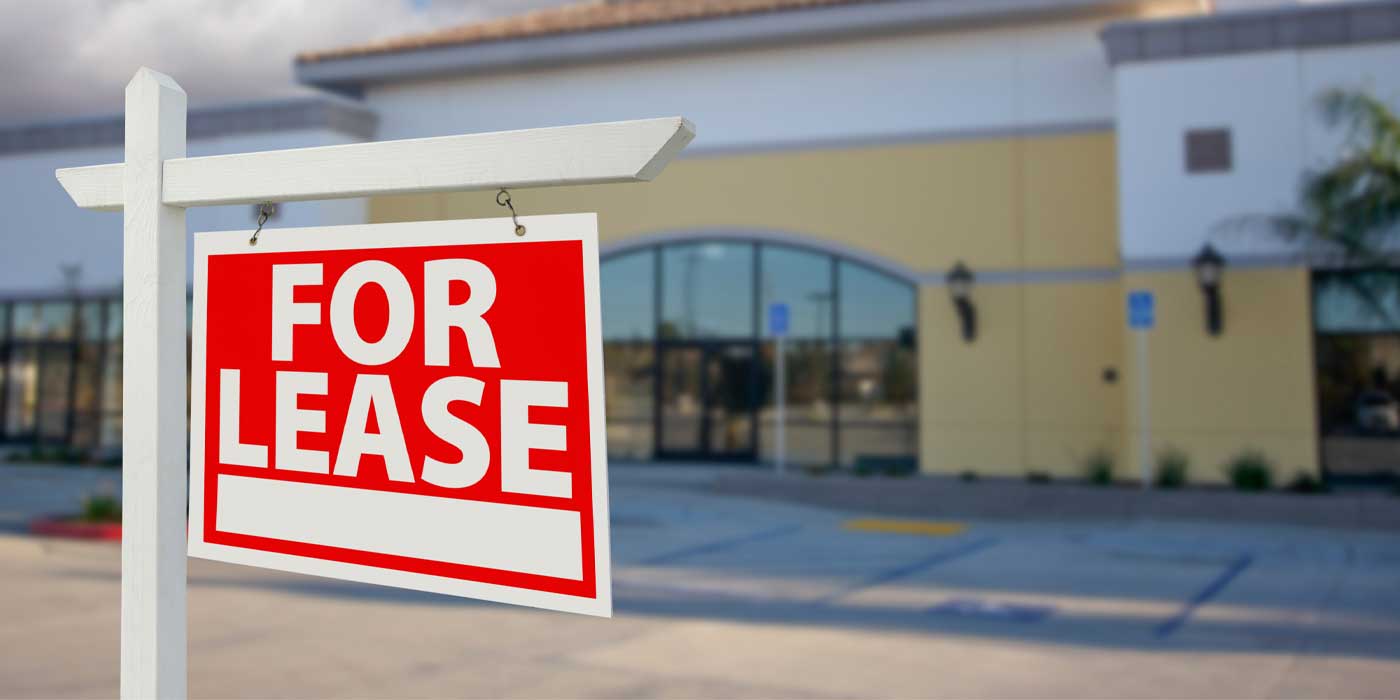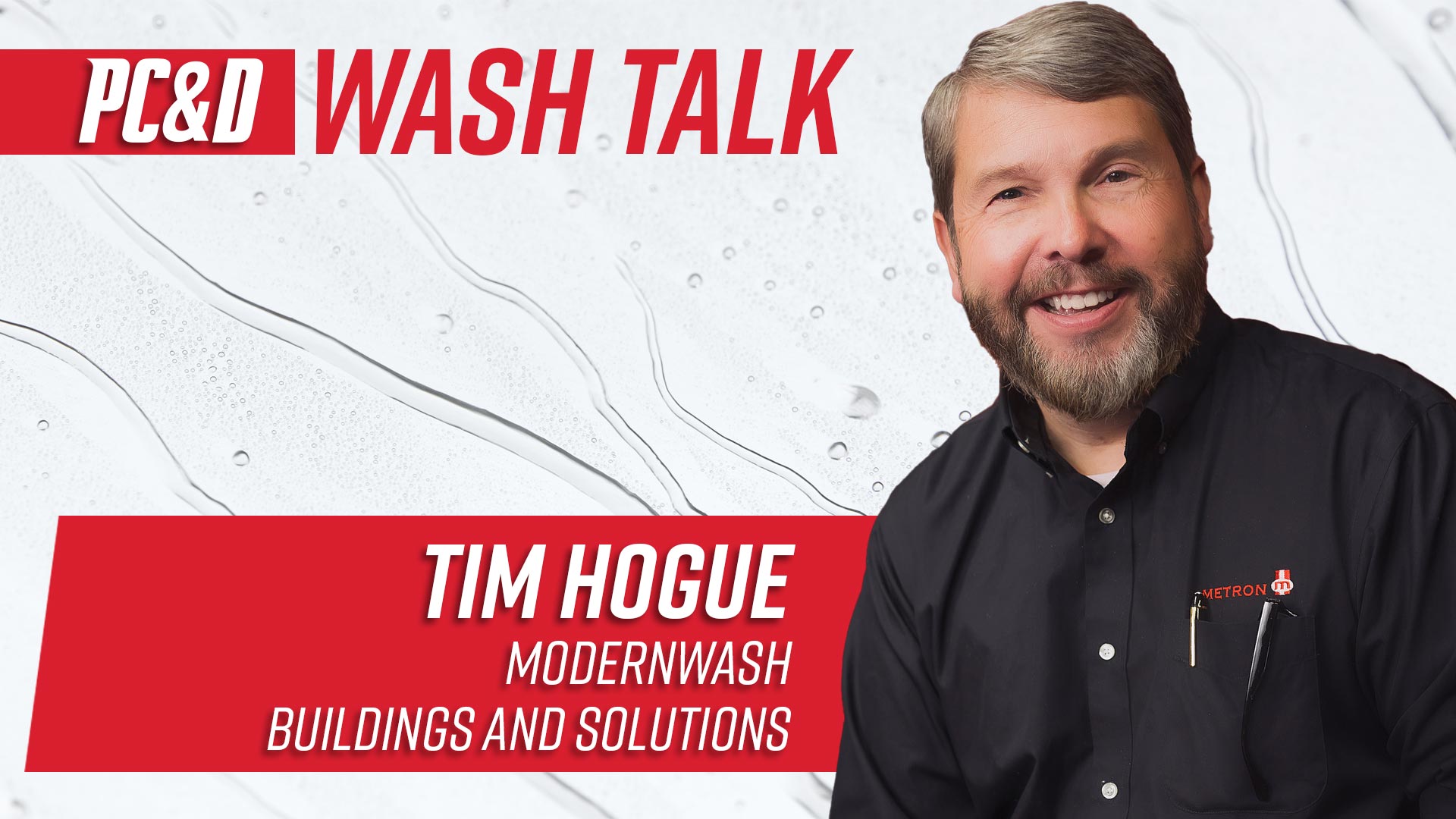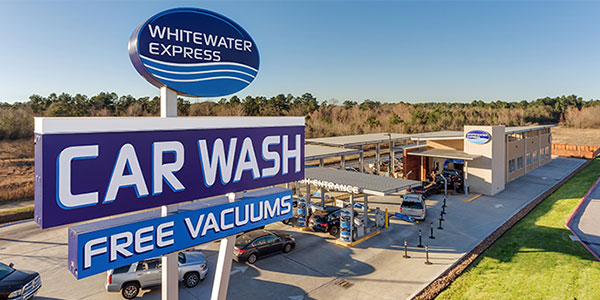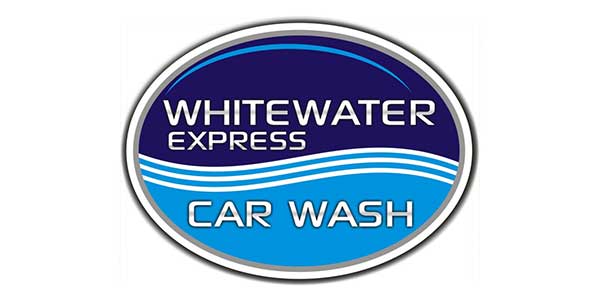New carwashes are being constructed across the U.S. in elevated numbers these days, offering more customers convenient and modern ways to wash their vehicles. And, while operator skill plays a significant factor in the long-term successes or failures of these carwashes, experts say the initial decisions of building a wash are critically important. Proper site selection and design have always been important for investors, but as large chains expand and more new entrants come into the market, is there a supply shortage of “A” sites? Also, how is carwashing now being viewed by communities, government officials, planning boards and other businesses across the country, which can affect an investor’s ability or inability to build on a preferred site?
We caught up with two growing chains to discuss the current availability of sites, factors involved in picking a great site and the characteristics of a modern carwash in 2022.
This land is your land
For new investors, there are several variables that should be considered when looking for a site to build on. According to Michael Murry, CEO of Champion Xpress Carwash, these primary considerations include:
• Traffic count
• Site visibility
• Ease of access (entry and exit)
• Proximity to heavy trade markets and competition (direct or indirect).
“We also try to look for traffic behavior, such as determining the primary traffic’s demographics and why they choose that particular route. Additionally, we consider the following: whether that is drivers’ only route option; if the city has plans to make any changes soon; and if those changes positively or negatively affect the traffic count or behavior,” informs Murry.
It’s important to consider the entire environment when selecting a site, including speed limit and the presence of stop signs or lights. Also, for instance, easy access from both sides of a main road or highway improves your capture rate potential as opposed to a highway with a solid divider, which prevents drivers on the opposite side of the divider from directly pulling in. While membership continues to grow, carwashing is still considered an impulse purchase for many people and convenience in site access can make or break a visit.
However, knowing what to avoid could be as impactful as knowing what is desirable in site selection.
“Oftentimes, people will settle for an easy to acquire location that is off the main road, a little away from retail stores, has bad access and doesn’t have great street presence,” notices Henry Shine, WhiteWater Express Car Wash’s CFO.
Shine adds if an investor accepts those terms, then the carwash, regardless of how well it’s operated, will typically be a moderate performer at best.
“However, if you’re able to invest the capital, put in the hard work to obtain a site that would be more competitive and work through any [zoning and permitting obstacles], you can build a high-performing carwash on those great, A-rated sites,” illuminates Shine.
Cost factors
Of course, a community’s best open lots and available sites will likely be more competitive and more expensive to obtain. Shine calls it an “incremental investment” in the wash’s future. “You have to keep that high bar in building a new carwash because it’s a $5 million investment that once you’re in it, you can’t simply unwind and begin again,” he adds.
The pandemic has negatively affected many industries over the past two years, including new residential and commercial construction. Today, shortages in supplies, materials and labor are combining with inflated prices of services and goods, increasing costs for business owners in many markets.
How has inflation and product and service (labor) shortages affected new construction in this industry? We asked Shine and Murry how their chains have had to adjust in any way.
“Installers are having the same problem that everybody else is with labor and product shortages,” confirms Murry. “When installs take longer than expected, site openings and budgeting become more difficult in every aspect. You want to open a location as soon as possible after completion for revenue’s sake, but it can be hard to promote a specific opening date to the public if that completion date is a moving target.”
In the true entrepreneurial spirit that this carwash industry has displayed in the past, operators and manufacturers are shifting to accommodate in order to overcome these temporary changes and challenges. According to Murry, as a way of adjusting, Champion Xpress Carwash started using its own installation crew.
“This gives us a way to have some control over our own installs. Vendors in the carwash industry are spread thin with so many customers wanting to grow quickly, so our own install crew gives us a way to have a little more control over our own installs and timeline,” explains Murry.
WhiteWater Express Car Wash has also had to make some adjustments, says Shine. Other than a few price increases on certain raw materials, Shine notes, the growing chain’s performance on new site development hasn’t really been affected by labor and/or supply shortages.
“Where it has affected us is we have had to start to procure earlier in the process to get ahead of production and shipping delays,” reveals Shine. “So, we’ve really just had to be more strategic about when we start to make purchases related to development.”
One area where Shine has seen some elevated costs outside of product and labor is in real estate. “When the real estate market is hot — like it is right now — you may either have to pay up for a quality site or be patient and wait for the market to cool down to acquire a top site without overpaying,” he says.
Modern carwash
As more carwashes and other leading brick-and-mortar retail stores and essential businesses compete for prime real estate on main streets and busy corners across America, our industry’s image and purpose is more important now than ever before. Professional carwashing is an environmentally preferred, cost-effective and safe way to properly maintain a vehicle on a regular basis. Dirty, dingy and dark carwashes are waning.
Instead, modern carwashes are cleaner, quieter, brighter, more visually appealing, easier to use and pay for, and offer great street appeal that should be a welcome addition to any community.
What are some key elements of a modern carwash today?
“One element is a unique building that stands out and grabs attention,” affirms Murry. “Carwashing is fun. A carwash business is fun to operate and it is especially fun for customers to visit. Let your building reflect that.”
LEDs have not only added to the sustainability features and lower maintenance needs of a carwash, but they have also contributed to better signage and site safety. As a result, Murry adds lighting as another key element of a modern carwash.
“This can be interior or exterior lighting, and preferably both. Carwashing already has some great vendors that can take care of this, and it’s an area that will only expand more and more as the industry grows,” notes Murry. “Lastly, technology in general is incorporated in a modern carwash. Our ability to utilize license plate reader (LPR) technology, digital queuing, digital menus and retargeting messaging to customers, as examples, offer us the ability to customize our messages and effectively target our customers.”
According to Shine, a modern carwash has great street presence. Rather than blending in with surrounding businesses, new carwashes should pop and maintain cleanliness and attractive landscaping that grabs drivers’ attention.
Shine adds that a nice clean, large site that features steel canopies over vacuums, for instance, serve a dual-purpose. “It makes it easier to see our locations from the street and it keeps customers comfortable when vacuuming their vehicles in hot temperatures or bad weather,” he explains, adding that overall site cleanliness — from inside the tunnel to the parking lot — is high on the priority list for the chain’s 60-plus locations as well, which is a number that is expected to increase to over 100 locations by year’s end, as noted by a recent WhiteWater Express Car Wash press release.
Features, such as LEDs, quieter equipment and vacuum canopies, are helping to make carwashes more appealing to communities and their planning boards and elected officials, giving investors a better chance at securing an A-rated site.
“With people’s commitment toward building a modern, high quality carwash and running a business that the public gets more and more excited about … it will only help our industry as a whole become more attractive for premium real estate,” assures Shine.
Site inventory
As the rate of new construction continues to pick up in this industry, should investors be concerned that competition for top sites is too high? Experts say if you find the right site for your business you should act quickly, but in no way are most markets on the brink of saturation or overbuilding.
While Murry anticipates that the rate of finding A-plus sites may slow down in the near future, he is not overly concerned about prime real estate’s current and future inventory. Rather, he believes, it might be a slow decline in availability of top sites over time and operators with service densification can use strategies to maintain traffic counts at all locations, regardless of a site’s rating.
“One way operators can adjust is to find relevance to their sites by way of site placement in a given area. For example, using a C-plus or B-plus site could be very advantageous to feed an A-plus site and vice versa. Or, a strategic spread of only B-plus sites without an A-plus site can also prove effective. Use the power of unlimited passes and membership at multiple wash sites to your strategic advantage,” advises Murry.
New investors are up against more competition these days as convenience stores, gas stations and other businesses are also looking to ride the high wave of the current carwashing market. Many are keeping an eye on overbuilding in certain pockets of the country, but, in general, saturation doesn’t appear to be an issue concerning the growing chains we interviewed for this article at the moment.
“Some companies today are more focused on number of sites and not necessarily the quality of sites,” concludes Shine. “There’s still enough of the pie for everyone out there as long as people don’t start building right across the street from each other … in those situations no one wins. But, I still believe the majority of operators have the integrity not to do that.”

